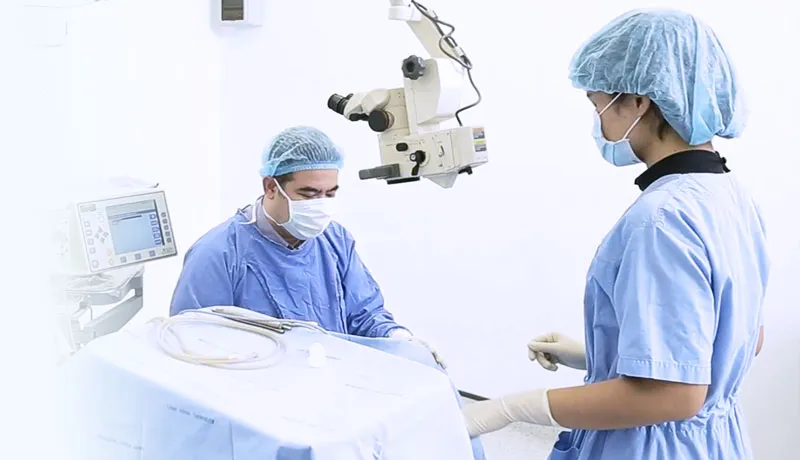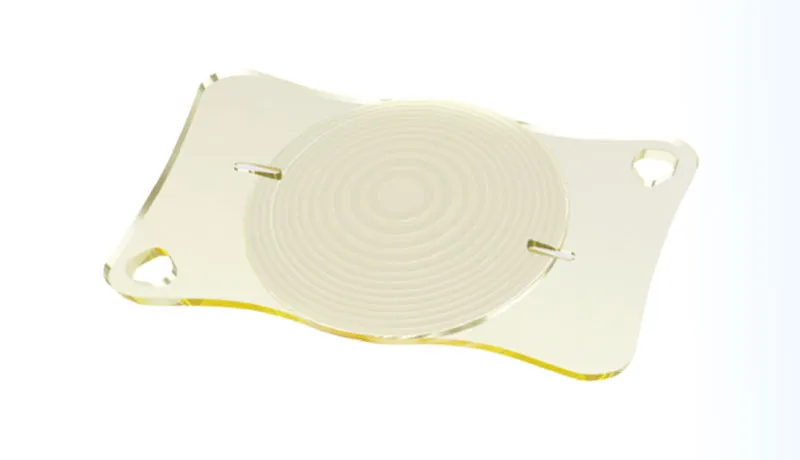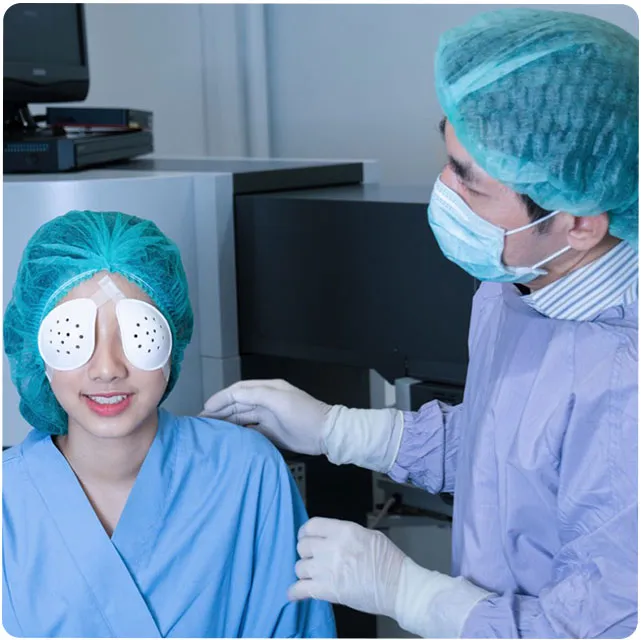Our treatments
Following LASIK experiences more than 25 years and international standard ISO 9001 accepted by ophthalmologists and patients worldwide, our highly skilled refractive surgery specialists and staff aim to achieve the best result for you, our patient.
People over 40 years old gradually lose the ability to change focus from distance to near. This condition is called Presbyopia and comes from a loss of flexibility of the lens inside the eye, as well as other age-related changes. This is a gradual change throughout life but not usually noticeable until the mid-forties. Although we may call this reading vision. It is the vision we use for eating, putting on makeup, or reading a watch or computer.
This condition is not even correctable by laser vision correction but fortunately, a surgical option called Refractive Lens Exchange (RLE) can correct this issue. RLE is a surgical procedure that give patients a clear alternative to reading glasses and is capable of reducing or eliminating presbyopia by using an advanced multifocal intraocular lens implant. These lenses can provide clearer vision for patients suffering from nearsightedness, farsightedness, astigmatism, or presbyopia.
Refractive Lens Exchange (RLE) is a refractive surgery procedure in which the crystalline lens of the eyes is removed and replaced with an artificial lens implant to correct refractive error. RLE surgery is essentially the same as cataract surgery. However, in RLE, the procedure is performed primarily to change the refractive properties of the eye rather than remove a cataract that has developed in the lens of the eye.
LASIK surgery accomplishes good vision by changing the shape of the cornea. However, RLE corrects vision by removing the natural lens in the eye and replacing it with a new artificial lens of a different focusing power that can provide good distance vision, good reading vision or both.

- Multifocal IOL is a lens with multi circle, providing simultaneous view of both distance vision and near vision. The patient might need some period of time to adjust their vision.
- Multifocal Toric IOLs : If you have astigmatism, your surgeon may recommend a Toric IOL which helps restore nearsightedness or farsightedness in addition to astigmatism simultaneously.

- Enhanced vision in both eyes at all distances
- Greatly decreased dependency on corrective lenses
- Quick recovery
- Elimination of the risk of cataracts Good Candidate for Refractive Lens Exchange (RLE)

10/989 Soi Prasertmanukij 33 Nuanchan Buengkum District Bangkok 10230




